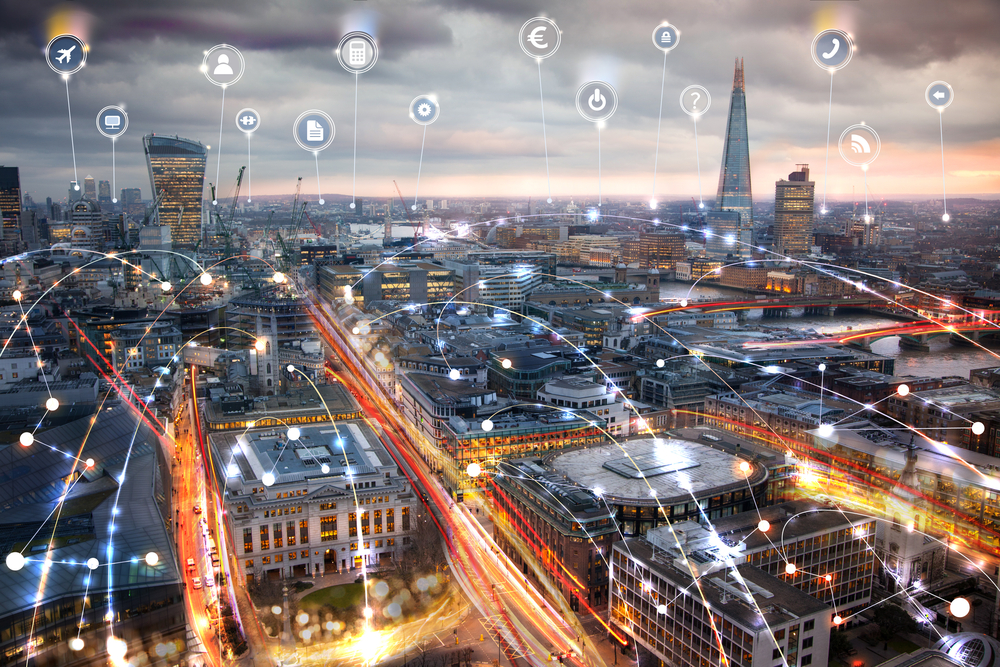Software intelligence company,
Dynatrace, has published the findings of an independent global survey of 800 CIOs, which reveals that nearly three-quarters (74%) of IT leaders are concerned that Internet of Things (IoT) performance problems could directly impact business operations and significantly damage revenues. This is mostly because 78% of CIOs said there is a risk that their organization will roll-out IoT strategies without having a plan or solution in place to manage the performance of the complex cloud ecosystems that underpin IoT rollouts. In fact, 69% of CIOs predicted that IoT will become a major performance management burden as they struggle to overcome the escalating complexity of their modern enterprise cloud environments.
“Businesses across every industry are eagerly exploring IoT’s potential to engage new markets, drive new revenue and create stronger competitive advantage,” said Dave Anderson, digital performance expert at Dynatrace. “However, IoT ecosystems and delivery chains are intricate and boundless, which creates unprecedented frequency of change, size and complexity in the cloud environments on which they are built. Enterprises are already struggling to master cloud complexity and now IOT substantially magnifies this challenge.”
The report looks at the challenges organizations face in maintaining seamless software experiences as they continue to roll-out IoT ecosystems. Key findings include:
The scale of IoT is just too big to manage in a traditional way:
- 73% of CIOs worry that the number of third-parties and internal resources involved in IoT service delivery chains will make it incredibly difficult to identify who is responsible when performance problems arise.
- 52% of CIOs say understanding the impact that IoT platform providers and network operators have on performance is a key challenge to managing user experience in IoT.
- 75% of CIOs are concerned that problems within the platform or network layer that impact the performance of their applications could be hidden from them by an IoT service provider.
It’s impossible to master IoT complexity manually:
- 84% of CIOs believe that AI capabilities and the ability to automate most of the processes that support IoT deployments will play a crucial role in the success of their IoT strategies.
IoT is losing its ability to meet user expectations:
- 70% of CIOs worry that consumer and user expectations for faster, fault free experiences could soon increase beyond what IT teams are able to deliver.
- 69% of CIOs fear losing control over the user experience as the IoT delivery chain continues to become more convoluted.
- 64% of CIOs are worried that the spiraling numbers of wearables could soon make it impossible to manage mobile performance for such devices.
IoT creates new user experience headaches, including:
- Ensuring that IoT device firmware updates and security patches don't have a negative performance impact (62%).
- Having the ability to track application behaviour on IoT devices as they interact with cloud services (60%).
- Understanding the impact of IoT device performance on the user-experience (53%).
- Mapping the rapidly growing IoT ecosystem as it expands (38%).
“If IoT is to deliver on its promise, organizations can’t afford to be overwhelmed by the complexity issues it presents – which is exactly what happens if an enterprise is using a traditional monitoring approach,” adds Anderson. “Platform-specific tools and do-it-yourself solutions aren’t built for web-scale, highly dynamic, complex cloud environments – they leave you cobbling together a mix of solutions which will never add up to a sophisticated platform that gives you a complete view of your environment and automated way of making sense of everything realtime.
“Organizations need a new approach that works at scale and simplifies IoT cloud complexity; a software intelligence platform that uses AI and automation to provide full operational insights into vast ecosystems of IoT sensors, devices, gateways, applications and underlying infrastructure. With answers at their fingertips, rather than just more data on glass, organizations will be poised to enjoy the benefit from all that IOT technologies have to offer.”





